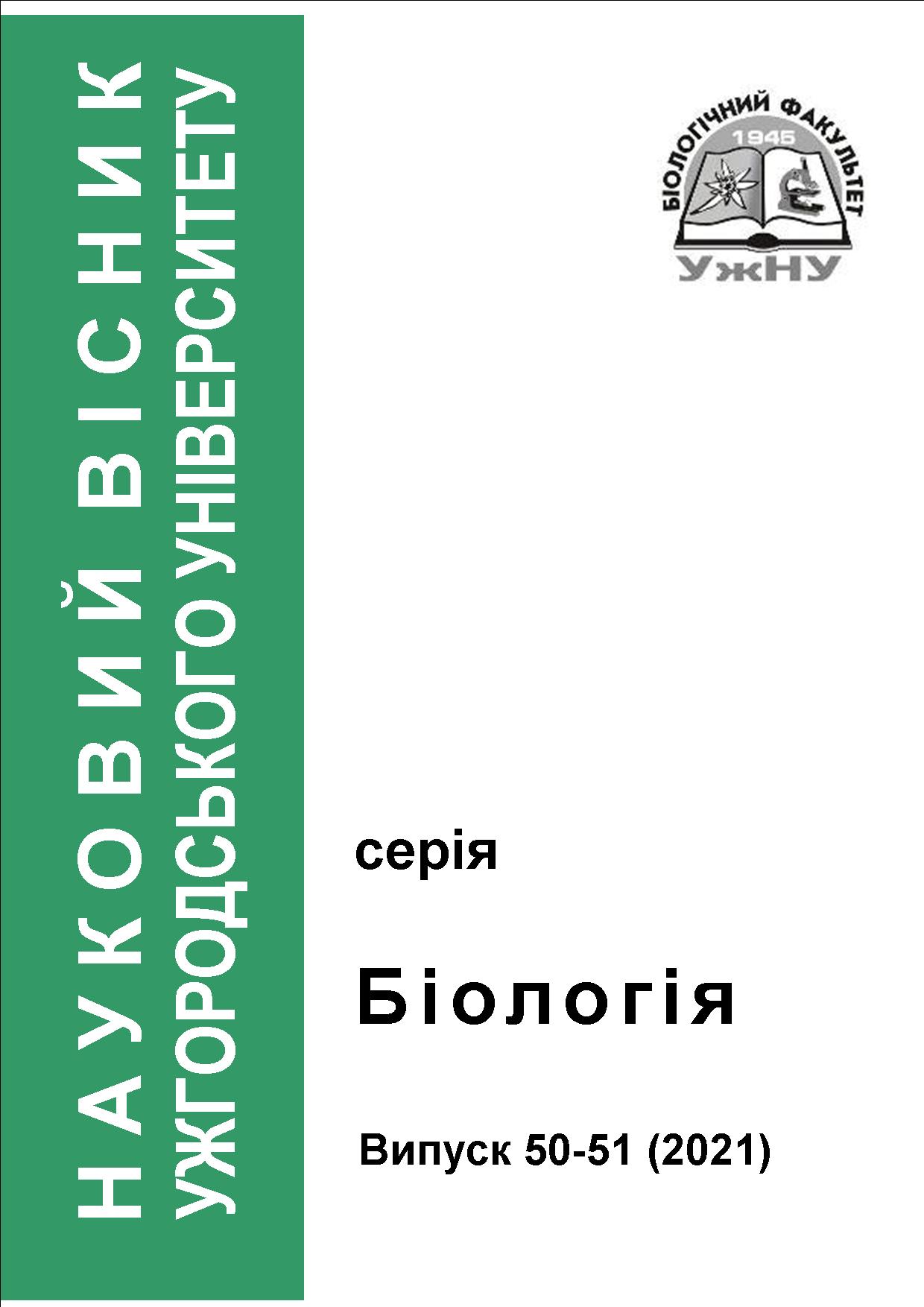Methods of bioplastic producing from insects’ cuticular
DOI:
https://doi.org/10.24144/1998-6475.2021.50-51.31-34Keywords:
bioplastic, chitin, chitosan, insects.Abstract
Today, the biggest environmental problem of mankind is the pollution of the environment with plastic waste. The reason is that polyethylene is resistant to biological destruction under natural conditions, which in turn causes the accumulation of plastic products in the environment. Therefore, to prevent an environmental catastrophe, we offer technology for the production of bioplastics from the chitin of beetles. This method offers a new way to produce objects with complex shapes and establishes chitosan as a viable bioplastic that can potentially be used instead of existing nondegradable plastics for commercial production. The process of making bioplastics from beetles consists of four stages: demineralization, deproteinization, deacetylation, plasticization. We used Colorado potato beetles as raw materials. Demineralization of pre-dried and ground material was performed by adding concentrated nitric acid followed by heating. After that, the washed and dried raw materials in the process of deproteinization were treated with sodium hydroxide, resulting in pure chitin. To obtain chitosan, deacetylation of the obtained chitin with 50% sodium hydroxide was performed by heating the mixture. At the last stage, chitosan is dissolved in a solution of acetic acid, followed by drying.
References
AUZELY, R., RINAUDO, M. (2003) Controlled chemical modifications of chitosan characterization and investigation of original properties. Macromolecular Bioscience, 3: 562–565. DOI: 10.1002/mabi.200300018
BRAVO-ANAYA, L.M., FERNÁNDEZ-SOLIS, K.G., ROSSELGONG, J., NANO-RODRÍGUEZ, J.L.E., CARVAJAL, F., RINAUDO, M. (2019) Chitosan LM-DNA polyelectrolyte complex: influence of chitosan characteristics and mechanism of complex formation. International Journal of Biological Macromolecules, 126: 1037–1049.
CHOW, K.S., KHOR, E. (2002) New flourinated chitin derivatives: Synthesis, characterization and cytotoxicity assessment. Carbohydrate Polymers, 47: 357–363. DOI: 10.1016/S0144-8617(01)00190-4
FATHANAH, U., LUBIS, M.R., MOULANA, R. (2015) Biopolymer from starch and chitosan as bioplastic material for food packaging. Proceedings of the 5th Annual International Conference Syiah Kuala University. Banda Aceh, Indonesia, September 9-11, 2015. Available at: https://media.neliti.com/media/publications/172998 -EN-biopolymer-from-starch-and-chitosan-as-b.pdf
FERNANDEZ, J.G., INGBER, D.E. (2014) Manufacturing of large-scale functional objects using biodegradable chitosan bioplastic. Macromolecular Materials and Engineering, 299: 932–938. DOI: 10.1002/mame.201300426
BEZRODNYH, E.A., TIHONOV, V.E., LOPEZ LLORKA, L.V. (2010) Vydelenie hitina iz othodov moreproduktov i poluchenie iz nego hitozana. Rybprom, 2 (in Russian).
HISMATULLINA, N.Z. (2010) Prakticheskaia apiterapija. EksLibrum, Perm (in Russian).
KRUTKO, E.T., PROKOPChUK, N.R., GLOBA, A.Y. (2014) Tehnologija biorazlagaemyh polimernyh materialov. BGTU, Minsk (in Russian). NEMTSEV, S.V., ZUEVA, O.Yu., HISMATULLIN, M.R., ALBULOV, A.I., VARLAMOV, V.P., (2004) Poluchenije hitina i hitozana iz medonosnyh pchel. Prikladnaja biohimija i mikrobiologija, 40(1): 46-50 (in Russian).
SKRJABIN, K.G., VIHOREVA, G.A., VARLAMOV, V.P. (2002) Hitin i hitozan. Poluchenije, svojstva i primenenije. Nauka, Moscow (in Russian). SOLDATOVA, S.Ju. (2015) Rozrabotka tehnologiji poluchenija hitozana iz pantsyrsoderzhashchego syrja. Vestnik NVGU, 1: 24-31 (in Russian).
ІHTIJAROVA, G.A., NURITDINOVA, FM., AHADOV, M.Sh., SAFAROVA, M.A. (2017) Novaja tehnologija poluchenija vosproizvodimyh biopolimerov hitina i hitozana iz podmora pchel. Himija i himicheskaja tehnologija, 4: 31-33 (in Russian).






